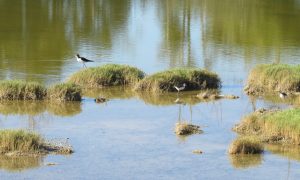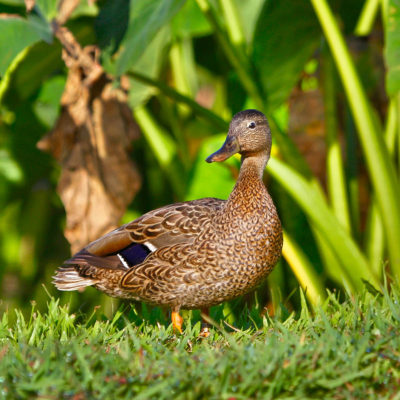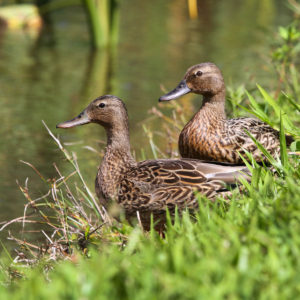Anas wyvilliana | Hawaiian duck | koloa
Endemic
Other Names: koloa maoli
The endemic koloa, looks similar to the female mallard, but smaller at around 16 to 22 inches. Male and females look alike with dark bills, dark sides and cinnamon colored tail. One way to spot a koloa is by their teal colored patch of wing feathers. Unlike mallards, koloa mostly live in mountain streams. This species was nearly hunted to extinction before being protected and reintroduced back into the wild. Its greatest threat is through hybridization with introduced mallards.
The map below shows hotspots along our birding trails where you might see this bird. Learn more by visiting our species profile page for koloa maoli.
Hotspots for Hawaiian duck
- Hanalei National Wildlife Refuge | Details for Hanalei National Wildlife Refuge
- Māhā’ulepū Heritage Trail | Details for Māhā’ulepū Heritage Trail
- Salt Pond Beach Park | Details for Salt Pond Beach Park
- Betty Bliss Memorial Overlook | Details for Betty Bliss Memorial Overlook
- Kawainui Marsh | Details for Kawainui Marsh
- James Campbell National Wildlife Refuge | Details for James Campbell National Wildlife Refuge
- Keālia Pond National Wildlife Refuge | Details for Keālia Pond National Wildlife Refuge
- Kanahā Pond State Wildlife Sanctuary | Details for Kanahā Pond State Wildlife Sanctuary
Hanalei National Wildlife Refuge
Wetland

Māhā’ulepū Heritage Trail
Coastal

Salt Pond Beach Park
Coastal
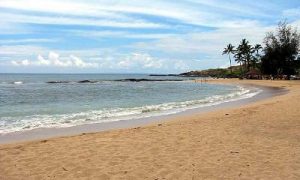
Betty Bliss Memorial Overlook
Wetland
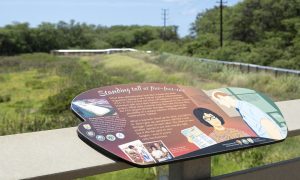
Kawainui Marsh
Wetland
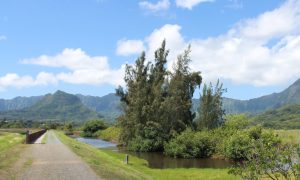
James Campbell National Wildlife Refuge
Wetland
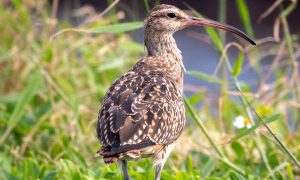
Keālia Pond National Wildlife Refuge
Wetland

Kanahā Pond State Wildlife Sanctuary
Wetland
